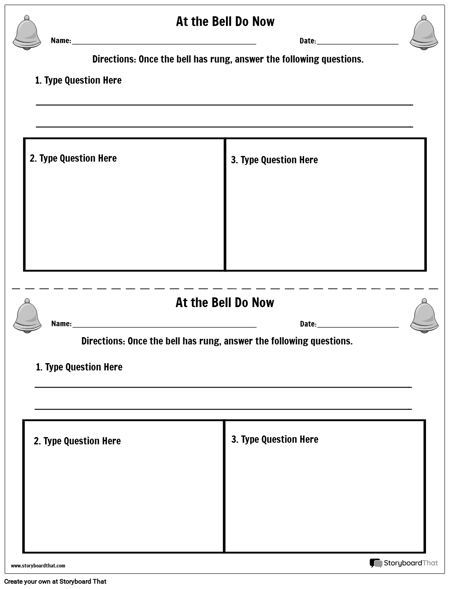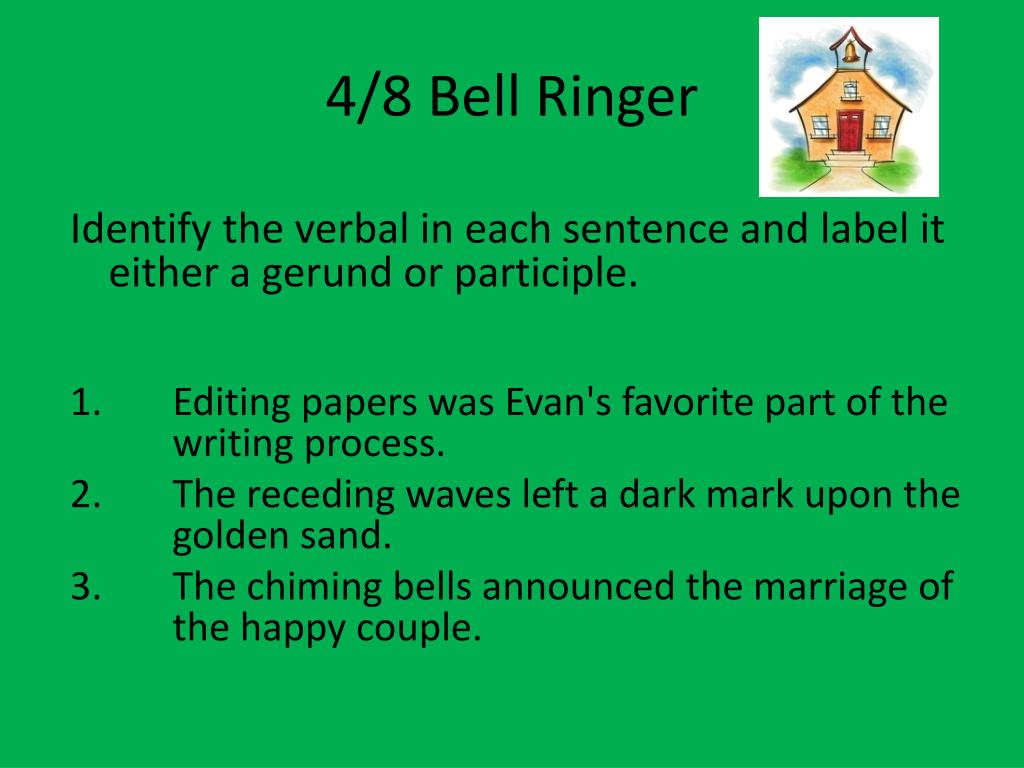

I used PowerPoint and changed the slide size to 8.5 X11 so I could print the file and project it. Each week is basically a different theme.

This was the easiest solution to keep all the themes and prompts fresh in my mind. So, I planned 40 weeks of bell work in one sitting, which took a few hours. Trying to come up with prompts every morning was just another task I had to do each day and I had no record of the prompts for student who wanted to make up bell work, etc. I also post the list of prompts for the week for students who miss a day.

I post the prompt of the day on the whiteboard. Student bell work using daily sketch prompts. My younger students use a sketchbook and make an entry everyday. Sketch prompts are another great idea to use as bell work. I really enjoy this bell ringer, because it covers a lot of content in just 5 minutes a day. I’m including a picture of one of the pages if you’re interested in creating something similar, or you can click here to check out the bundle I have available. With each sheet my students learn about different art genres, art careers, art vocabulary and art history as well as practice creativity, technical skills, self reflection and art criticism.

I assign one section of the page every day, so meeting 5 times a week, we finish one page in a week. Each page features an artwork of the week that the art history and art criticism questions focus on. The five sections include: personal reflection, drawing skills and techniques, art history, creative thinking and art criticism. Each page is meant to last a week and includes five short activities. I made 36 pages (which for me covers a whole year of teaching). I’ve used a few things over the years and my new favorite is printed pages I designed that incorporate art history, criticism and literacy elements, as well as skill and technique sections all onto one page. My favorite art bell work Example of page of bell work I created. The students have the visual and an alarm is a great way to grab the attention of the students so I can begin my lesson. Actually I assign a student the job to set the timer. How long should bell work take?įive minutes. The first five minutes of class can be hectic, it is better if everyone is busy and on task while I meet with a student who was absent or just simply catch my breath. I take attendance, pass out materials, or get presentations ready. They get settled, chat with their friends, get their supplies and get into the creative mindset. What is the purpose of a bell ringer?īell ringers give me and my students time to transition from period to period. It can prepare them for the day’s learning, review past lessons or be a warm up to get them thinking creatively. The task should be meaningful and crucial to art. It is a great way to calm students and engage the part of the brain they need to learn in my class.
#BELL RINGER HOW TO#
Here’s how to use bell work in art class. The main purpose is to get students on task and in the mindset for my class. Bell work is a short activity that students can complete independently and quietly after the bell rings. Bell ringer, bell work or do now are all essentially the same thing.


 0 kommentar(er)
0 kommentar(er)
